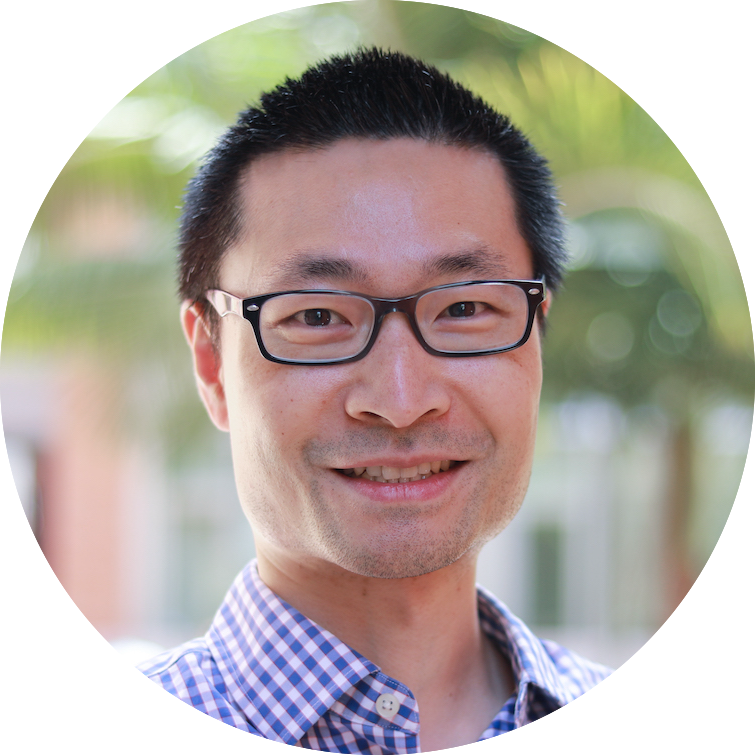Ciprian Catana, MD, PHD Director of Integrated PET/MR Imaging Athinoula…
Holden Wu, PhD: Computer-Aided and Robotic Methods for MRI-Guided Percutaneous Interventions

Holden Wu, PhD
Associate Professor of Radiological Sciences and Bioengineering
Department of Radiological Sciences
David Geffen School of Medicine
University of California, Los Angeles
Abstract
Magnetic resonance imaging (MRI) has unique advantages for guiding percutaneous interventions, including exquisite soft-tissue contrast, 3D imaging with flexible orientations, and continuous imaging without using ionizing radiation. These advantages are especially important for interventions in organs that experience motion, such as in the abdomen and pelvis. However, MRI-guided percutaneous interventions still face major challenges due to the restricted space inside standard clinical scanners, inadequate intra-procedural and real-time MRI guidance, and cumbersome workflows. This presentation will discuss new computer-aided and robotic methods developed by Dr. Wu’s team to address existing challenges and advance MRI-guided percutaneous interventions.
Short Bio
Dr. Holden Wu is an Associate Professor in the Departments of Radiological Sciences and Bioengineering at UCLA. His lab’s research focuses on the development and translation of quantitative MRI and MRI-guided interventions for cancer and metabolic diseases. Specific areas of interest include quantitative MRI in prostate cancer, integrated diagnostics in prostate cancer, free-breathing quantitative MRI and MRE in adult and pediatric liver diseases, real-time MRI, MRI-guided targeted biopsy and focal ablation, MRI-compatible robotics, artificial intelligence for MRI-guided interventions, and MRI-guided nano-theranostics. Prior to joining UCLA, Dr. Wu completed his Ph.D. in Electrical Engineering at Stanford University in 2009 and completed postdoctoral training at Stanford University Medical Center in 2012. His group’s research is supported by close collaborations with partner departments at UCLA and funded by programs at UCLA, Siemens Medical Solutions, the NSF, and the NIH.